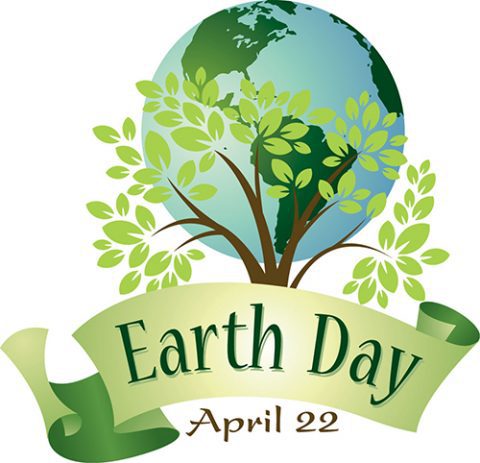Earth Day 2016: Get Inspired by Maya Lin’s What is Missing? Website
By Pat Leonard
April 22, 2016
Every day is Earth Day for artist and architect Maya Lin. For the past seven years, much of her life and work has been devoted to showcasing the planet’s endangered, threatened, or extinct species and habitats—what she calls her “memorial to the Earth.” Rather than a single monument, her “What is Missing?” project has gradually taken shape across multiple installations and displays around the world, including the Sound Cone at the California Academy of Sciences and the Sound Ring sculpture right here at the Cornell Lab of Ornithology. The Lab has long partnered with Lin on some of her projects by providing sound recordings and scientific expertise—a partnership based on shared concern for the natural world.
“She’s incredibly inspirational—a visionary thinker. She brings art and science together in a way that very few people can,” says Cornell Lab director John W. Fitzpatrick who is also a member of Lin’s nonprofit board.
Earth Day 2016, then, is an opportunity to revisit the themes so eloquently expressed in Lin’s memorial projects and to renew our commitment to taking small, personal steps that add up to big changes. Even though this is the 46th Earth Day—there is still so much to do.
A good place to get some ideas and inspiration for an Earth-Day makeover is Lin’s newly revamped What is Missing? website. Some of the new or updated features include:
- Searchable Content (put the name of an animal, country, or topic in the search field)
- Map of Memory
- Downloadable Timelines
- What You Can Do

“The content is divided into two sections,” explains Lin. “Ecological stories presented on the Map of Memory and Actionable Items located in the What You Can Do section. The Map of Memory contains more than 3,500 stories of biological abundance, loss, recovery, and disaster. We’d really like people to contribute more of their memories to this section.”
Among the memories: one woman notices fewer Cock-of-the-Rock near Machu Picchu, Peru; another man remembers with awe the millions of wintering monarch butterflies in a misty cypress forest in Mexico; another mourns the loss of the wild creatures remembered from youth–lizards, frogs, Cedar Waxwings.
“These are stories from around the world from everyday people, reflecting on what has been lost,” says Fitzpatrick, “along with sounds and images of species that are gone. Everything is deeply researched. But there are also stories of conservation successes, too.”
The site also includes about 50 in-depth timelines teaching ecological histories about cities, rivers, and species. The timelines are downloadable and shareable, tracing key conservation events in a particular region. Click on other “stars” to learn about species already gone from the wild (probably before many of us knew they even existed) including the Panamanian golden frog, the scimitar oryx, and the Socorro Dove.
Find ideas about what you can do to preserve species right now by visiting the What You Can Do section. These are not pie-in-the-sky impracticalities. These are changes in behavior, such as buying patterns, that become “best practices” for a sustainable world: buying shade-grown coffee that preserves vital habitat for birds in Latin America; using certified wood products that are produced by companies adhering to sustainable forestry practices; reducing our use of plastics that live on forever to pollute the environment.
Lin is also thinking ahead, hoping to influence the environmental awareness of today’s young people who will be the ones dealing with the world we leave behind for them. She is working on a curriculum for high school students to build ecological histories, combining science, history and art, to pass along lessons about the significant ecological changes that have occurred in their communities.
No one expects it to be easy. But Lin is thinking positive. As she said during the dedication of the Sound Ring at the Lab, “We need to stay really optimistic. Because the alternative is, what, we give up? The loss of species and habitats is all about land use and resource consumption. We have to make species protection through habitat conservation a huge priority because what we’re doing right now is spending our kids’ and our grandkids’ future.”
All About Birds
is a free resource
Available for everyone,
funded by donors like you
American Kestrel by Blair Dudeck / Macaulay Library



